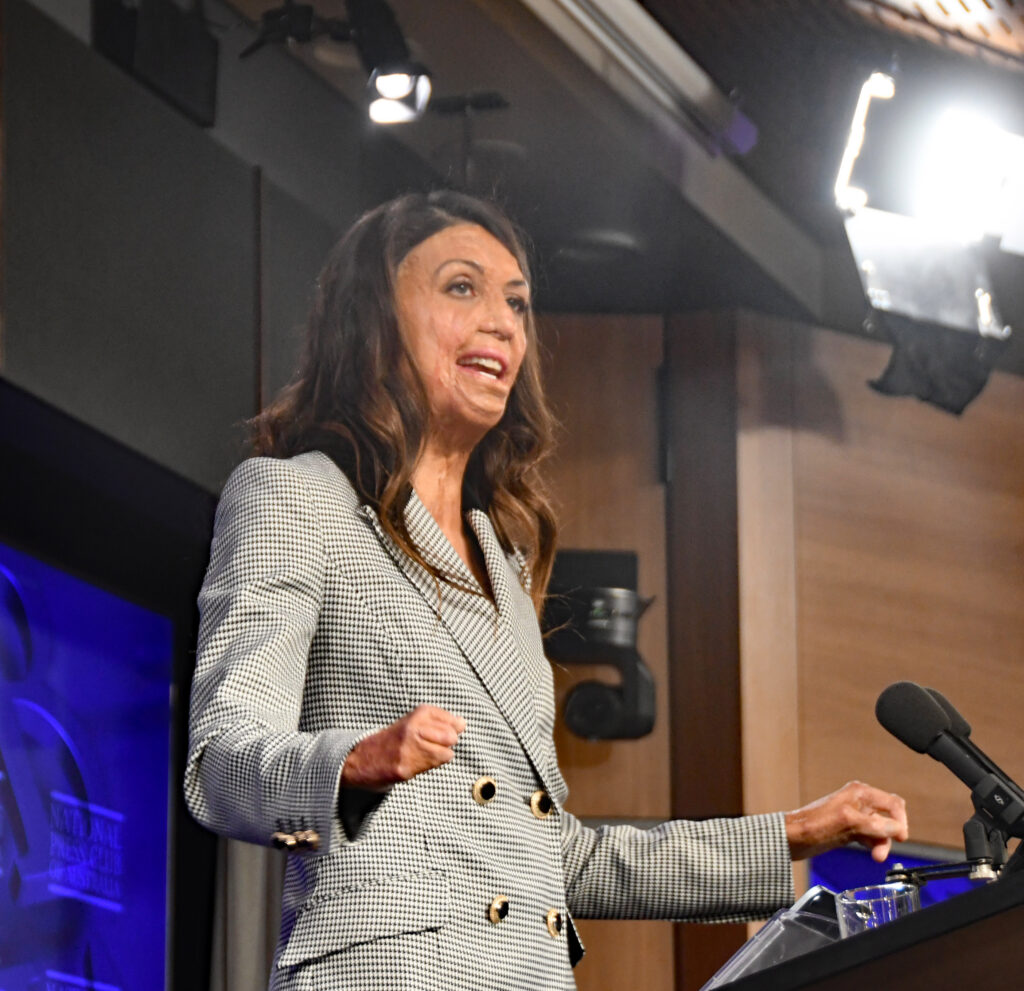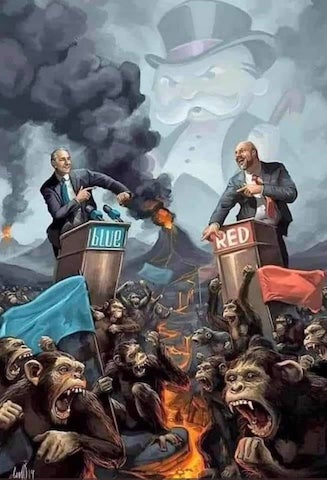
Lenin dismantled in Berdiansk, Ukraine. Confederacy President Jefferson Davis in Richmond. Lieutenant-general Cornwallis in Halifax, Nova Scotia.

Empires rise and fall. And usually burn themselves out rather quickly. What else is new? ‘American decline’ is a Wikipedia page. You can feel it in the air. One greets it with dread or hope, or better dread-hope. America’s sins are adding up, yet the US is a behemoth for well over two centuries and will not go in peace.
It’s biblical in dimensions: elites brazenly steal from the poor, then use the money to lobby, privatization, to make ever more money, with God’s wrath hovering like a sword overhead, as such vile behaviour undermines the whole system.
It’s so painful to watch, yet again, how perverse capitalism makes people act. How it rewards scoundrels unimaginable fortunes. It’s the same with atom-splitting, computers, drones, what happens to good leaders everywhere who don’t follow the script, in short: everything capitalism touches (which is by now just about everything, including sex, now retouched as gender) turns to sh*t.
And what about the US? It presides over this bacchanalia, consuming/ destroying all it touches (consumption is derived from the Latin ‘destroy’, so I could just leave it at ‘destroy’). And what does America produce? Not an awful lot in real terms, and less and less all the time. Actual industrial output in the US has been falling for decades. What the US is producing is more and more debt. The world ‘buys’ US debt and sells it consumer goods, chained as it is to US dollars. I.e., chained to US debt. But Americans themselves are slaves to personal debt. Now, as the US totters on, ruling the waves and waving the rules, the world has reached an apotheosis.
A quick history of the American story/ epic/ saga is:
*20,000 years of tribal hunter gatherers, in harmony with nature,
*settler colonialism, i.e., war, theft, genocide,
*declaration of bourgeois revolution promising life, liberty and the pursuit of happiness (scaled back to life, liberty and private property in the constitution),
*2 centuries of wild, uncontrolled, ‘creative destruction’, using and discarding resources at an insane pace, blanketing the continent in square grids of endless roads, cookie-cutter suburbs, cities turning into ghost towns, arriving at
*a car-choked dead end, where the threat of nuclear war and environmental Armageddon loom ever closer.
There is already a cottage industry of Chicken Littles on US collapse, collapsarianism, Dmitry Orlov the oldest and most celebrated. Orlov is a Russian American engineer, born in 1962 in Leningrad. He emigrated with his parents in 1970s. Like the Soviet Union, the US collapse will be the result of huge military budgets, government deficits, an unresponsive political system, plus, for the US, declining oil production. Orlov’s Reinventing Collapse: The Soviet Experience and American Prospects (2008, 2011) and The Five Stages of Collapse (2013) are entertaining as well as informative, as is his legendary 2006 article ‘Closing the ‘Collapse Gap: the USSR was better prepared for collapse than the US’ which brought the collapsarianism into the mainstream.
Martyanov, like Orlov, was born in the 1960s, though Martyanov hails from Baku, and studied at the Caspian (Kirov) Naval Academy. Their writings are both polemics by engineers. Sort-of Marxist:
Orlov: *When faced with a collapsing economy, one should stop thinking of wealth in terms of money.
Martyanov: *The Republican embrace of China in the 2000s shows how the capitalist will sell the very rope on which he will be hanged.
*America’s cultural and political decline are direct consequences of its precipitously diminishing ability to make—produce, that is—things which matter and that Americans need.
Ex-Soviets are tough nuts. And they pull no punches. Engineers, more so. Having had to bite their lips too many times pre-fall, they are unqualified in their openness and critical faculties, and generally love/hate America in equal portions. A popular saying of the day in the USSR was: “They tell us that capitalism stinks, but what a delightful smell.” Orlov enjoys the stink. (His blog ClubOrlov’s latest: Why are empires, especially dying ones, drawn to Afghanistan like moths to a flame?)
Martyanov is unrelentless and unapologetically contrarian. He has a lot of bones to pick, with lots of detours into modern Russia.
*He argues Germany’s economy is in free fall, overburdened by a green energy chimera, refusing to air condition airports. (Greta Thunberg is dismissed as an ‘illiterate girl from Sweden’).
*He (and, news to me, Putin) insist climate warming is not due to human activity (not a shred of viable evidence, except for ever unreliable models, that humanity’s activity drives climate change), (p71)
*Covid is a fraud,
*American environmentalists are pushing an agenda which undermines the very foundation of modern human civilization.
US mass culture a straitjacket
He is right, though, to argue that consumerism as an ideology is a straitjacket. The rise of postmodernism since WWII has accelerated the decline of American culture. Harold Bloom observes that “instead of the pursuit of truth, there is an adolescent certainty that all is uncertain.” He criticizes such cultural icons as Mick Jagger, who portrays himself as a nihilistic rebel, both hetero and homosexual, embracing drugs and “the rock ideal of universal classless society founded on love.” Because youth bond with such decadent anti-heroes, they miss embracing the positive heroes of the past, never achieving a deep love for culture.
Weimar Germany is the classic example of decadent culture before the deluge. Rome in its later years was famous for its decadence, sexual promiscuity and homosexuality. It’s happening again before our very eyes. The current obsession with transsexualism, and the reforming of our sexuality according to a radical critique of ‘hetero-patriarchy’ and its replacement with an array of designer sexualities, is perhaps the strongest indicator of imminent collapse.
Saul Bellow’s The Dean’s December (1982) chronicles the state of urban culture and race relations in Chicago in the 1960s as compared to socialist eastern Europe, where traditional culture ruled. Already by the 1980s, within sight of the collapse behind the Iron Curtain, their culture was beginning to look good to outsider Bellow. The farther we ‘progress’ from those days, the better things there look.
Just as the Soviet Union denounced western decadence, Russia too is the empire’s spoilsport. Again, today’s news: the European Court of Human Rights determined that Russian law, which defines marriage as only between a man and a woman, breached the right to private and family life enshrined in the European Convention on Human Rights.The decision obliges the country to legislate for recognition of LGBT+ marriages. The Court also awarded €2,200 in costs to the claimants.
The backlash against the new sexuality being promoted by the West has begun, with protest politics in Hungary, Poland, and half the US pitted against the other half, with sexual politics at the centre of the divide. It seems Putin’s rush to change the constitution to limit marriage to male-female last year was just in the knick of time.
On the consumer side of ideology, Veblen identified the importance that status takes on in a consumer-oriented society, where spending more on goods is a status symbol, the Veblen effect. This effect cancels the upper limit on personal consumption. The sky is literally the limit, as the billionaires Bezos and Branson with their trips into outerspace a mere drop in their financial buckets. Where one’s worth is measured solely in money, society becomes a stage for moneyed giants to act out for the rest of society, who worship these successful, glamorous idols. And feel worthless. With the ascendancy of Black Lives Matters, with the gay liberation forces martialed behind it, US culture lies in shreds. Consumption as the be all and end all is literally destroying the planet. Help!
Magic numbers
Having dispensed with lots of damned MAGA lies, we are left with statistics. When Simon Kuznets invented GDP in the 1930s (I’m not joking), he deliberately left two industries out of this then novel, revolutionary idea of a national income: finance and advertising. Kuznets’ logic was simple, not mere opinion, but analytical fact: finance and advertising do not create new value, they only allocate, or distribute existing value (Marx’s unproductive labour), in the same way that a loan to buy a television isn’t the television, or an ad for healthcare isn’t healthcare. They are only means to goods, not goods themselves.
Congress ignored Kuznets, and included advertising and finance in the statistic. As a result, actual American GDP is formed primarily by non-productive sectors such as finance, insurance, and real estate, known as the FIRE economy. (I’m not joking, though I can’t resist fantasizing about lighting a match to all that paper ‘wealth’.)
Martyanov’s Soviet education allows him to step back from the appearance (illusion) of wealth in US stats, and recognize that real wealth is not in financial ‘services’ — mutual shining of each other’s boots by two close friends and then paying each other $10 for doing this does not produce $20 of value, something that seems to escape most American economists.
All the above does is yet further monetize our lives. Real value resides in food on the table, a roof over your head, a secure job and good education. There are lots of modern day shoe shiners, busily shining every day, inflating statistics, but producing no value. Viewed in real teams, the US looks more and more like a 3rd world country.
Subtract finance and advertising from GDP, and what’s left? Well, since more than 50% every year of GDP comes from finance and advertising, we would immediately see that the economic ‘growth’ that the US chases never actually existed at all, that the actual size of the American economy is grossly inflated. Growth itself has only been an illusion, a trick of numbers. I.e., the economy is a hollow shell. When the dollar goes, it will take the US ‘economy’ with it. That explains the consistent pattern of the ever-increasing overall trade deficit for the United States since 1970, when Nixon took the US off the gold standard.
Food insecurity
Martyanov and Orlov are weak on ways out of our dead end. That’s not their purpose. (Orlov: hope that the rest of the world manages to come together and build at least the scaffolding of a functional imperial replacement) but we need to prepare.
Orlov urges us to look to Soviet experience for lessons. There is already a germ of Soviet thinking at play in food banks. Any national crisis (WWII, today) pushes us towards a communal (i.e., socialist) answer. Covid-era news has highlighted the growing importance of food banks throughout the US, where lines of cars circled the block and shelves were constantly depleted.
It’s as if Basic Income was being invented out of dire necessity. 30+% of Americans have food insecurity. This phenomenal growth of food banks is a clear symptom of decline, dread-hope. My foodbank is called the ‘Essentials Market’, and is always stocked with bread, some vegetables (in season or as spillover from imports from Mexico and the US), plus bizarre things like chicken flavoured peanuts. This week, sweat peas, delicious but with black spots. Also goods with package flaws, or funny shaped potatoes and carrots. It was bi-weekly before covid but is now weekly and looks like this will continue. Portions are equal, and quantity depending on supply.
It is much more enjoyable shopping than at a ‘super’market. i donate monthly, so i’m probably not saving much on what I take home. I only go to Loblaws for frozen orange juice and canned pineapple.
I lived in Soviet Union in its twilight years, when ”defitsiti’ were the norm, but even then, shopping was an adventure, a hunt, and your spoils brought a feeling of accomplishment. Gift parcels at work were a cause for celebration. We are programmed to think that mind-numbing, ice-cold supermarkets are the pinnacle of personal happiness, but there are other ways of structuring consumption: solidarity, social justice, modesty, gifting.
You share or trade with others what you don’t really want. The fact that money doesn’t enter into the equation (or in Soviet times, was not important), makes it more like a social gathering. But then my foodbank is small, well-run and adequately funded. Large foodbanks are less welcoming but still provide an essential service for free. There isn’t a lot of waste — if a big load of toothpaste comes in, you might get two tubes. If you are lucky, you might get the last cake or brick of cheese, but there’s always tofu, frozen meat, potatoes and carrots.
As for food production, while the US is roughly balanced on food imports/ exports now, there are serious problems of water access and increasing wild fires which will lead to troubles, even if government starts right now to address them.
National myth? Israel?
Martyanov makes an unwieldy comparison of US and Russia on the culture front. He approves of the new Russian constitution where the State language on all the territory of the Russian Federation is the Russian (Russkii) language, the language of the State-founding people. That it helps bind the nation. He then argues that nowadays in America anything even remotely comparable to acknowledging that Euro-Americans represent the core nationality of the United States would be an anathema for the primarily globalist establishment.
His logic should mean recognizing the natives as the founding people. No one invited the white settlers, who Martyanov seems to be arguing are the ‘founding nation’. Russian nation building was radically different, where Russians lived more or less peacefully alongside natives across Siberia, so fit well with the first ‘founding fathers’. And his attempt to square the Trumpian circle is to include black slaves and hispanics and forget the Philippinos, Vietnamese and other flotsam, doesn’t work either. Captives and other settlers are no more ‘founding peoples’ than these other settlers.
But he’s right that America’s lack of a myth-that-fits-all is at the heart of its disintegration, and that Russia indeed has big advantage as it limps along, trying to recover. It has many moments that all Russian citizens can relate to, though the two images that stand out as icons in all Russians’ minds are surely these.
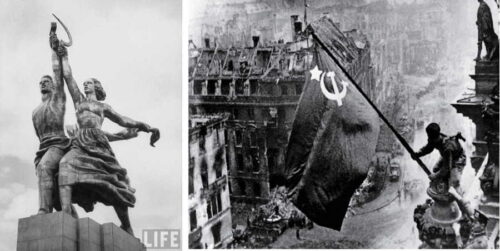
Russians are powerful myth makers, and even look back fondly on their Soviet experience and increasingly honour it. Their Soviet national myth crashed on the hidden rocks of commodity fetishism. The ‘soviet man’ was supposed to be ascetic, a consumer minimalist, devoting himself to study, self-improvement, social activities, preserving nature, things we all wish we had time for but don’t, until retirement, when you are too old and lame to be much good to anyone. That’s good for priests and revolutionaries, maybe 10%, but not as a founding myth.
Though flawed, Martyanov is worth reading for his details, the Russia asides. It’s fascinating to see a sharp Soviet-Russian mind at work, deconstructing the US. Martyanov would probably be writing the same book if he were still Soviet, living in still extant socialism. I’m sure Putin’s advisers think along similar lines.
What really is missing in both Orlov and Martyanov is a chapter on how Israel contributes to US disintegration. Or rather a framing of the whole topic as referring to US-Israel, as they function as siamese twins, joined at the hip, with two heads, one much more clever than the other. Israel has pushed the US for the past 7 decades to do much self-harm, to discredit the US on the world stage, to push the entire Middle East into ceaseless, tragic turmoil. Without Israel, the US would be in much better shape, perhaps not even disintegrating.
Hopeful signs
If politicians heeded Hudson on debt forgiveness, maybe we could reboot the US. But it would still mean revolution.The Bezoses and Bransons stick out like sore thumbs. In the meantime, decline is relentless. There are good signs in the slow-motion US disintegration:
*Biden’s backing off Nord Stream 2 allowing Europe to manage its own energy,
*Biden’s bid to nab corporations in tax havens. Even Canada and Europe are on board. Can this plug the hole in the dyke propping up the rise sea of toxic dollars? As with the climate, storms are more frequent and more lethal. It’s hard to see a happy ending in all this but it won’t hurt.
*Pride Month’s black eye, when Supreme Court allowed the Catholic church to exclude same sex couples in adoption in Philadelphia,
*a groundswell of support, with young people at the forefront on global warming and against Israeli apartheid. As with South Africa in the 1980s, the world is slowly mobilizing to bring the Israeli part of US-Israel to justice.
These groundswells, which Martyanov got wrong, ignores or belittles, are the seeds of a new, better post-US-imperialism. Martyanov and Orlov are engineers, not writers. Just as Martyanov dismisses nonengineers from climate policy, we can’t take engineer think as the last word to resolve the complex problems engineers have created that brought us to this fix. Orlov, dubbed a survivalist, currently is producing affordable house boats for apres le deluge.
As for a credible founding myth, it’s not going to happen, unless you go back to the distant past. 1619+ meant slavery and genocide, 1776 meant a bourgeois revolution glorifying profit, wealth, and reaffirming slavery and genocide, 1899 seizing Philippines meant empire, though now minus slavery. Canada doesn’t have the slavery baggage, [Myth? See “Canada’s slavery secret: The whitewashing of 200 years of enslavement” — DV Ed] but the native genocide was pretty much the same. This year’s Canada Day on July 1 was without major fireworks, more a day of reflection, contrition. We’re already wrestling with a new national myth. It’s not easy. But it’s gonna be a lot hard south of the border.
Inspired by Trump’s angry circus performance at Mount Rushmore, [the renaming of what the Lakota people called Tȟuŋkášila Šákpe, Six Grandfathers — DV Ed] last year, a landback movement has begun. We land’owners’ can give back our lands to natives whose land it really is, and let them be custodians, our high priests. We must embrace the native cultures where we live. That should be our founding myth. Such a post-consumer-settler-colonial society has a chance. We can do our accounting according to a happiness index, ridding ourselves of the financial intermediaries sucking up the real wealth and leaving only debt.
The post
Needed Urgently! New US National Myth first appeared on
Dissident Voice.
This content originally appeared on Dissident Voice and was authored by Eric Walberg.
This post was originally published on Radio Free.
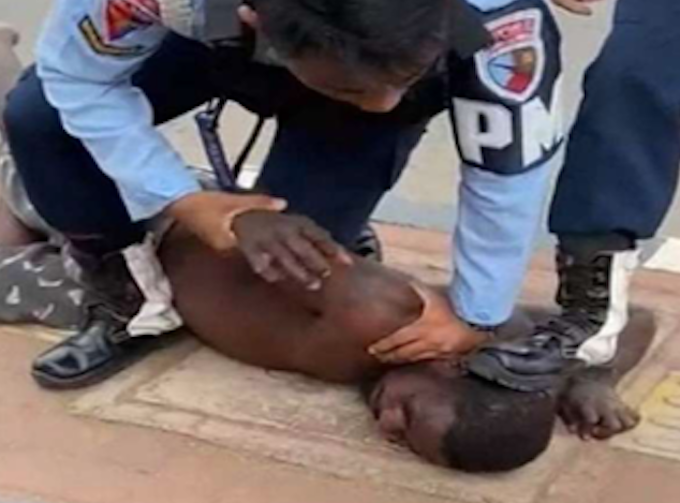

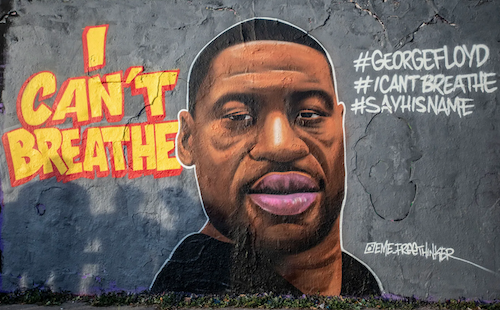
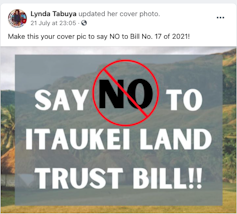






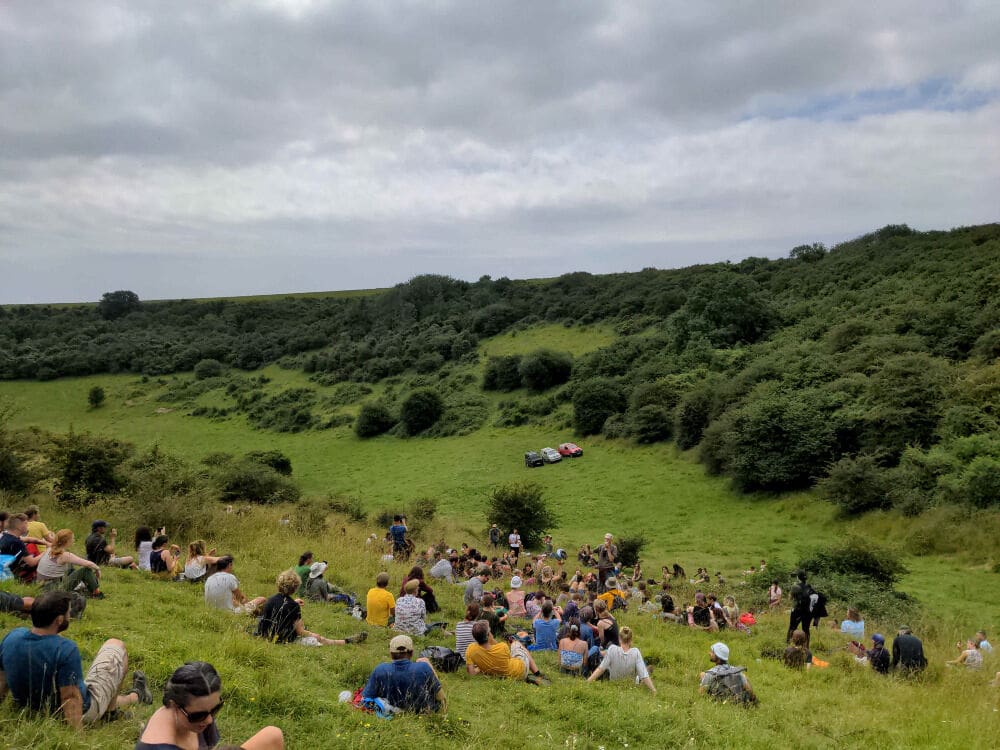


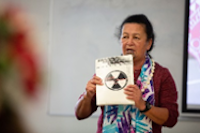
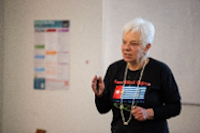
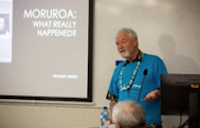
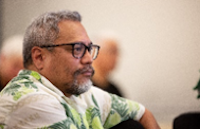
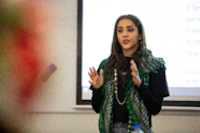
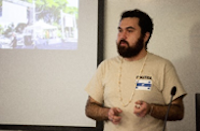

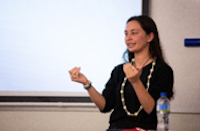
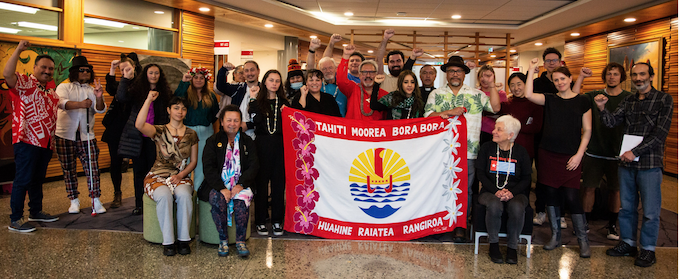





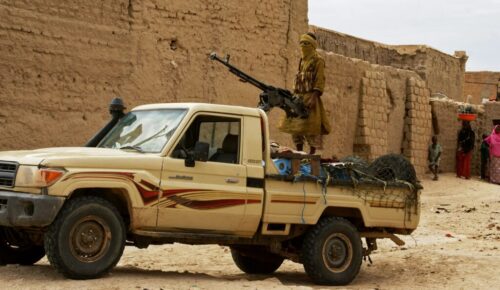


 Photo Credit:
Photo Credit: 




